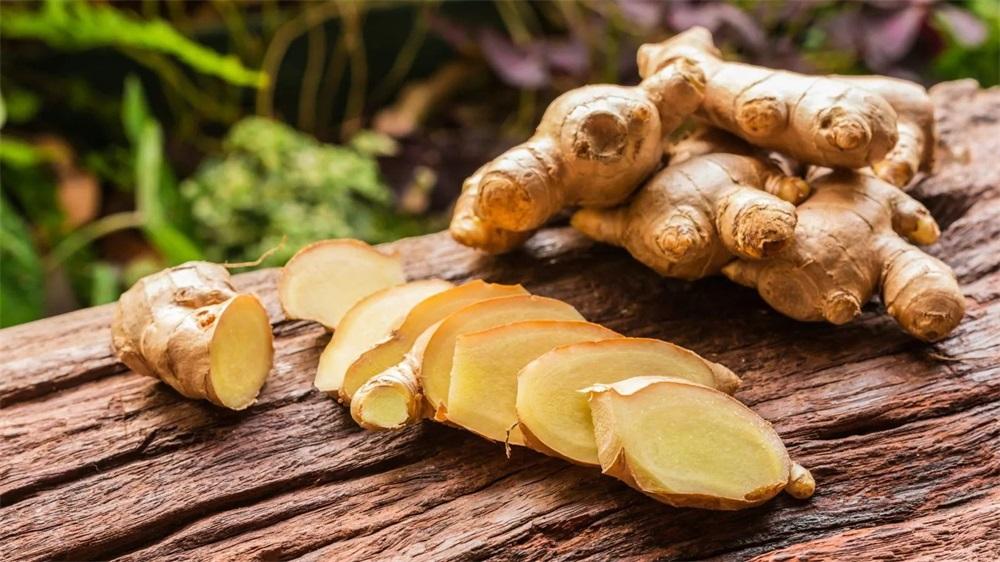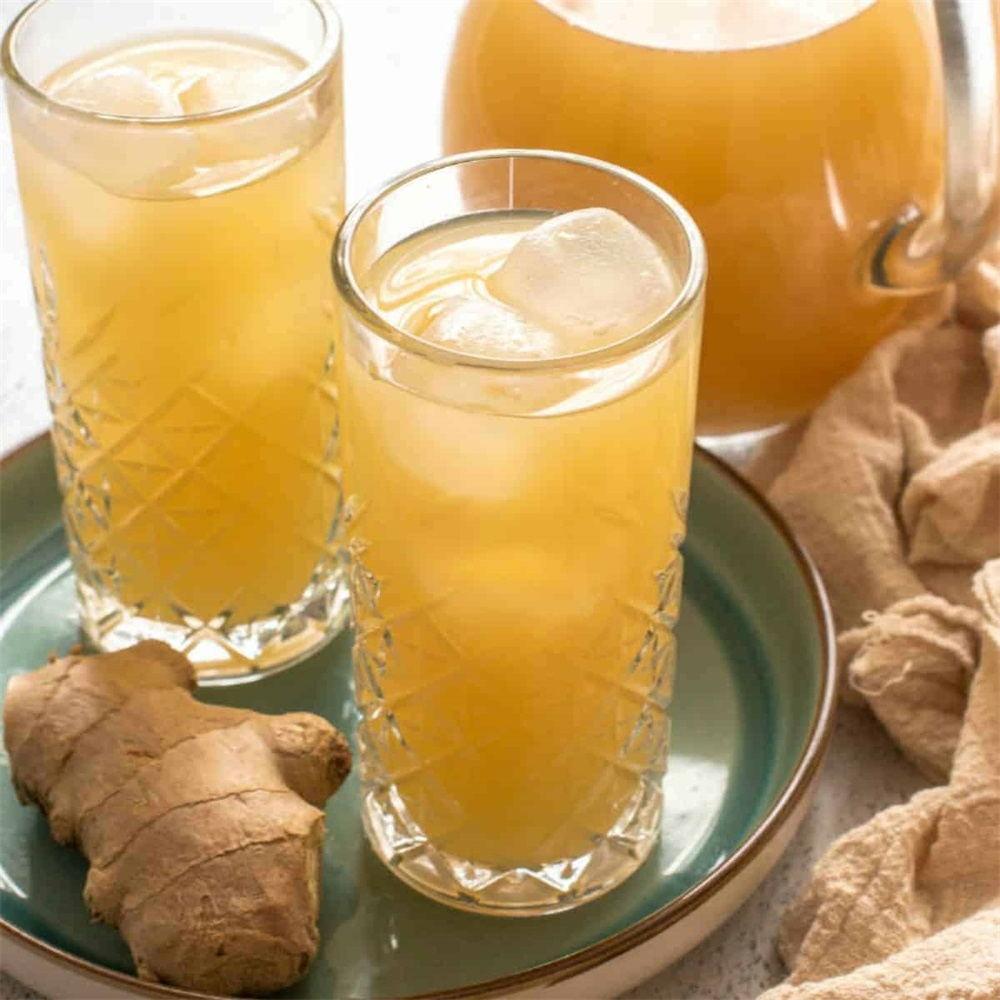The root of it is that Ginger ale is basically fizzy water that's been flavoured with ginger.
Ale is not brewed.
Alcoholic Ginger beer is a more 'involved' drink that is created by the fermentation of ginger spice, yeast and sugar.
Sounds like making ginger beer is a lot like making beer eh?
The most basic way to make ginger beer is pretty simple:
Ferment a mixture of water, brewer's or baker's yeast, ginger, and sugar; this is kept for a week or longer, with sugar added daily to increase the alcohol content. When ready, this concentrated mix is strained, diluted with water and lemon juice, and then bottled.
.jpg)
How to make alcoholic ginger beer?
Here's a stock standard recipe:
2kg ginger
1 kg brown sugar
1/2 kg castor sugar
2 limes
1 orange
1 teaspoon of vanilla
3 cinnamon sticks
Use an 'ale' style yeast
This DIY recipe will make 5 gallons of hard ginger beer - simply add the ingredients to your water (which is in a clean, sanitized vessel, a standard beer brewing fermenter or carboy is fine!).
You'll want to shred the ginger in a food processor and then juice your lemon and limes if you're adding them.
Feed the brew a little sugar twice a for three days to feed the brew and allow the yeast something to feed on. The more you do this, the higher ABV your brew will be.
If you want to 'brew' your ginger beer in a more traditional beer-making sense:
You need to bring your ginger to the boil in a boiling kettle tun - add the ginger and sugar when the 5 gallons of water is boiling. You can put the ginger in a mesh bag if you like - this will mean fewer bits of it in your final product, making for a clear poor.
Boil your ginger wort for about 60 minutes, watching to ensure you don't get a boil-over (this is less likely than with a grain boil, however).
While you're doing the boil, take the time to sanitize your carboy or fermenting drum. I like to use Sodium Percarbonate , it's cheap and does the job well. Many brewers will use tried and true Star San.
If you are serious about ginger beer clarity, then add some Whirfloc tablets (Irish moss) into your wort just before the end of the boil. Don't add it early or the effectiveness of the Whirlfloc will be reduced.

If you have the equipment, it's time to cool your wort using a counterflow or an immersion coil - this is good for the beer how, if you don't you can simply transfer your wort to your fermenter and let it cool naturally to room temperature.
When your wort is at a room temperature, you can pitch your yeast. It is important that your ginger wort is cool as a hot boiling wort will kill the yeast, meaning fermentation will not occur.
You can then let the ginger beer ferment for at least a week. If you are keen, take readings with a Hydrometer so you can work out the final gravity and thus ABV of your ginger beer.
After that week, you can bottle but as with making beer, we'd let it sit for a bit longer to let the yeast do its thing. This increases the chances of any odd off-tastes lingering in your ginger beer.
Before you bottle, you may wish to sweeten your ginger beer. If you do not, it's quite likely that it will be extremely dry, making for a tough drinking experience.
If you want to bottle and cap for the long term, pasteurize your ginger beer
Many a brewer has learned the hard way about over Carbonation of bottled beer - gushers and exploding glass bottles. The same can happen when brewing ginger beer - so many brewers will use plastic bottles with loosely tightened tops to ensure gas release or tin foil over the top.
But if you want to bottle and cap for a long term storage solution.
Once you've done your boil up of the ingredients, pitched your yeast, bottle & cap and let it brew for 2-3 days.
If you let your ginger brew continue to ferment longer than that, you're probably going to get some exploding glass bottles.
So, you need to kill the fermentation process.
Bring a large pot of water to 180F, turn the heat OFF, and add your bottles to the hot bath. Make sure your water level is high enough that it will reach the top of your ginger beer level inside the bottles.
What you are doing is pasteurizing your ginger beer. Let the bottles stand in the hot water for at least 10 - 15 minutes. Remove from the bath and let cool.
Your brew is now pasteurized and 'shelf-stable', meaning you can store it without fear of exploding bottles.
Your beer will probably have a minimum alcohol content given it fermented to only three days.
If you are really worried about exploding ginger beer, you can condition in plastic bottles , you can also use campden tablets to halt the fermentation process . This does mean your beer will be quite flat as no secondary carbonation will occur in the bottle.
What yeasts can you use to brew ginger beer?
To make ginger beer you can use brewing yeast or baker's yeast. That said, many homebrewers tend to use the well respected "Safale US-05" , ale yeasts or champagne yeast.

Looking for ginger beer making machine unique for your brewery? Drop us an email on [email protected] for more information. Special, customized brewery equipment for you! Tiantai beer equipment can supply a complete full microbrewery system.
Edited By Daisy
[email protected]




.jpg)

Get In Touch